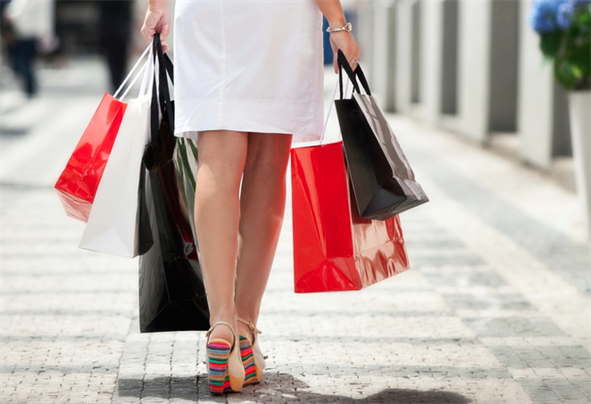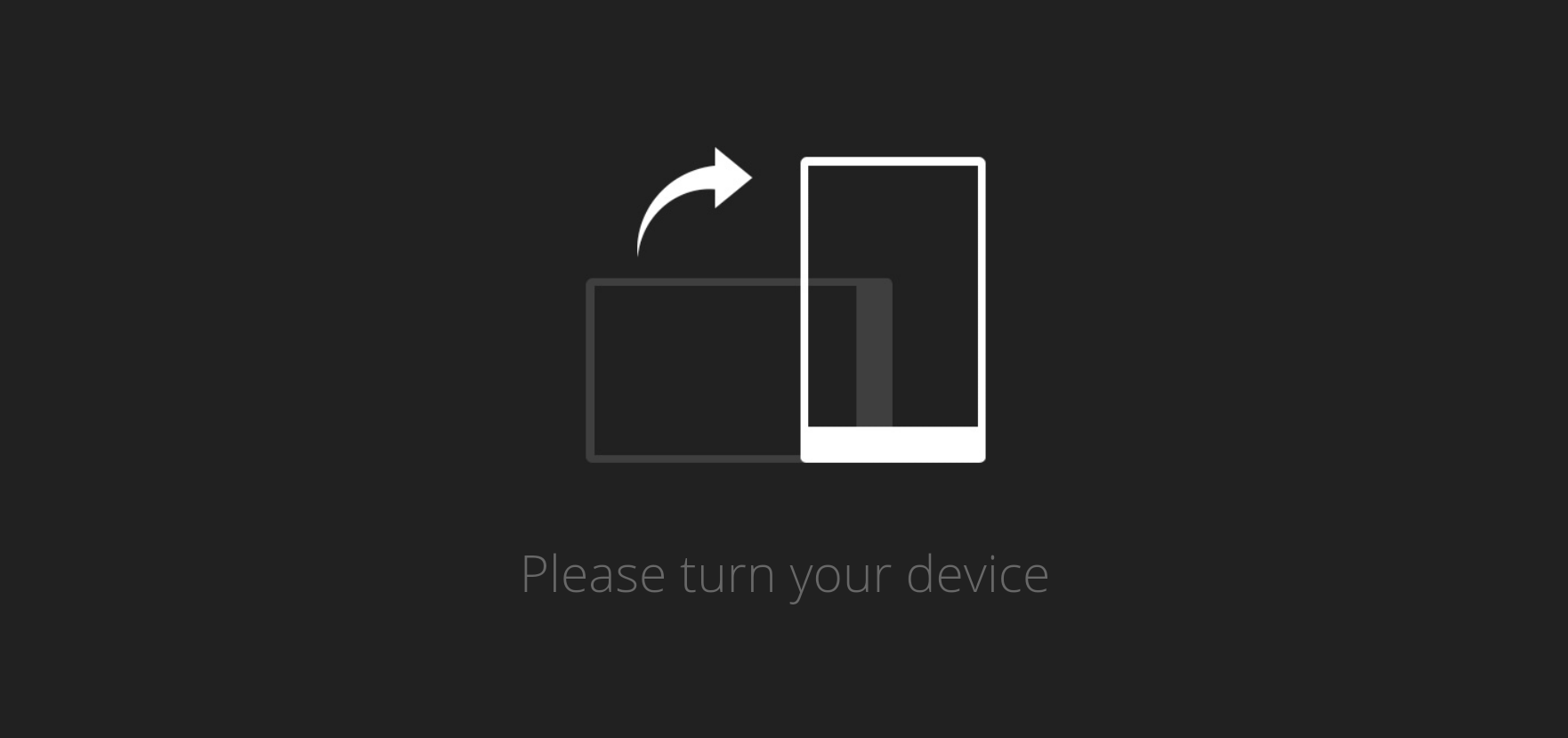
The harsh reality of having a shopping addiction
For the longest time, I was quite comfortable with what I wore. I’m talking about that magical, gestational period between, oh, say 0-12-years-of-age where appearances and possessions are not high on your radar.
I am now 26 and spend about 10 minutes scrutinising my pores before uploading any image to Instagram. Things have changed. But let me tell you a story about simpler times.
I was brought up in a household where function was valued over form and experiences over possessions. I was made to perform chores and behave like a proper little lady in order to receive my weekly $2 pocket money. In retrospect, my parents were being smart and trying to teach me a financial lesson. $2 is enough to establish some sort of work ethic, but it’s not enough to go to Big W on your own and buy all the scrunchies. I wore what my parents bought for me. We spent our money travelling overseas, so naturally, developing a growing child’s personal style was not on anyone’s agenda. I lived in a collection of functional clothing that offered nothing in the way of aesthetics, and occasionally, my brother’s hand-me-downs. It wasn’t an issue until the cruel period of adolescence set in, and all of a sudden my khaki pants and oversized tees became the focus of taunting teens clad in Roxy and Billabong. All I wanted was to be cool and have the choice to dress how I wanted. I.e. not like an American tourist.
And I feel like I’ve been trying to soothe this childhood trauma ever since with impulse purchases and credit card debt, all in the interest of crafting myself into a much cooler and more stylish version of myself.
After the day I turned 18, I applied for my first credit card. I’d been working consistently since I was 15, and spending every dollar at the local Westfield in a bid to be accepted, at least sartorially, by my peers (and maybe even myself one day). I needed extra ammunition to fuel the fire. It wasn’t hard to get a basic credit card with a $1,000 limit for emergencies, of course. Fashion emergencies, that is. Improving my quality of life was as simple as paying a visit to ‘cool kid’ territory: General Pants. Those receipts were like a one-way ticket to self-actualisation. The only problem was they’d expire (in my mind at least) and I’d end up having to go and get more in order to feel some semblance of gratification.
But it wasn’t just that I enjoyed tricking people into thinking I was really good looking with skinny jeans. A whole part of my addiction to shopping was the adrenaline rush I got from looking at items I couldn’t afford, watching the cashier fold my items, handing over my credit card, and then walking out of the store like someone who had a greater disposable income than I actually did. Like a high-speed chase or bank robbery, I had gotten away with it.
I was addicted to the shopping experience: walking into a department store in all its fluorescent glory; the sense of community and faux-friendship you develop with your local shop girl as you cooed over the latest shipment of handbags; the rush of getting away with it all as in-disguise un-cool person; and of course, the momentary happiness when seeing your purchases all neatly arranged on your bed. I was a Magpie collecting precious gems and taking them home to her nest.
Except I hadn’t nicked these items; I paid for it all with credit, and left it all for Future Camilla to deal with. Future Camilla who would have the cushy support of a full-time job, the responsibility of someone with an aversion to mindless spending, and the forgiveness of a monk.
I have no idea who this person is, but I am not her.
Today, Future Camilla is dealing with an epic shopping hangover and a credit card debt which makes life as a functioning adult harder than it already is. I am also a fashion writer, so I feel it’s my vocational duty to partake in consumer culture. Being self-employed, personal finance is a precarious issue already. Coupled with an extended history of sartorial FOMO, you have a bottomless pit of fiscal uncertainty and bad credit history.
Credit card debt is a big topic ever since the GFC fucked everyone over, so I’m not entirely alone. As of last year, the average credit card debt per cardholder was $4,280 according to ASIC. Speaking frankly, I am one of over half a million Australian who have over $5,000 in credit card debt.
You might be thinking to yourself that $5,000 in debt is no big deal. But I’m talking specifically about credit card debt spent on non-essential consumables, and how much we spend is all relative.
“It’s not always the amount of money spent that is an indicator of compulsive shopping,” says Michelle Laving, a specialist shopping addiction counselor. “One example I can give is someone who’s working part-time, and they’re spending maybe $50 a week. You might think that’s not very much and wouldn’t constitute compulsive shopping behaviour, but if that person couldn’t meet their medical needs or make rent, and their relationship to shopping has a compulsive nature – they can’t stop shopping despite the consequences – then that constitutes an issue.
“Conversely, you could have someone who’s quite wealthy who might not feel the financial effects because they have more to spend. But they may have a preoccupation with spending and it’s taking them away from other areas of their life.”
This makes sense to me. All throughout my spend-happy YOLO university days, I’d justify my purchases by consulting my friends. My friends who all lived at home and who had much more disposable income than I did as an out-of-home uni student. For them, a manicure was just like, a basic human need. And so was Sass and Bide.
When I was sad, we’d go shopping and numb the pain by overloading our senses at David Jones. It is oddly soothing to have a stranger match your foundation to your skin tone. Sample sales were like winning the lottery. Or we’d go out drinking and buy the expensive cocktails. I’m not sure which was more of a problem at university – my drinking, or my shopping? But when the two combined the results were two-fold, particularly if we started on Oxford Street in Paddington. I’d begin with a bowl of chips and a Pinot Gris, and end up back at home with receipts from Incu.
I tried avoiding those boutique shopping areas, but we will always have online shopping. I have Polly Pockets I don’t even remember buying under the influence.
Thing is, people talk about Gen Y binge drinking. Shopping addictions are just a part of girl culture. No Big Deal.
“Excessive shopping has been normalised by the consumer messages around it,” explains Laving. “That’s why it’s not considered a legitimate issue, but from the people that I see, it has the hallmarks of addiction and compulsive behaviour.”
So how do you spot a shopping addiction?
“One of the common things that I see is a preoccupation with spending. This means spending a lot of time and energy on thinking what you’re going to purchase next. Online browsing, as well. The obvious one is financial debt – spending much more than you can afford.
“It’s the same with any other behavioural issues: if you continue to partake in that activity despite the consequences — including interpersonal issues, like fighting with your partner, or intrapersonal issues, like feeling guilt, shame and after-shock after the fact — then it’s a problem you need to address.
“What people need to look at is: am I spending more than I can afford? Am I getting into debt?”
Laving explains there are a number of ways you can sort out your needs from your wants.
“The questions to ask are: do I need it? Can I wait? Will I have space to store it? What impact will it have for me? For my family? For my finances?”
Of course, half of the problem is dealing with the aftermath. I might have stopped impulse buying (I’m lying), but I still have thousands of dollars of debt that prevent me from saving. My credit card statements hang over me like a spectre, and I don’t even like those shoes I bought four years ago anymore. There is nothing quite as infantalasing as not being in charge of your finances, so guilt and shame seem to override any compulsion to knuckle down and pay it off. Laving assures me this is normal, and that it’s time to put a plan in place.
“If you have financial issues, there’s the financial counselors of Australia and they’re in each state,” she says. “They offer free services.
Therapeutically, there are programs like my own, and also Debtor’s Anonymous which is based on the 12-step tradition like in AA.”
These days, I might be better equipped at finding gratification in less expensive activities. A life coach even recently suggested an addiction to adrenaline might be the main issue here, seeing as I get such a rush out of buying things I can’t afford.
More commonly, the issue with females and shopping lies in a serious case of insecurity. It’s a common affliction to want to escape everyday life, and filling a hole with a material item seems to be just the ticket out of here. I know these days buying that purse won’t get me entry to the cool kids’ lunch table, and that’s beginning to sit well with me. I still feel the familiar pangs of envy every time the girl on the yoga mat next to me has more luxurious leggings, but I’m beginning to realise you don’t need your Lululemon to do a headstand.
To find out more about Michelle Laving’s 12-Step program, visit her website. Financial Counselling Australia offers a free service in every state. Search for a financial counsellor here.
Words by Camilla Puffer
